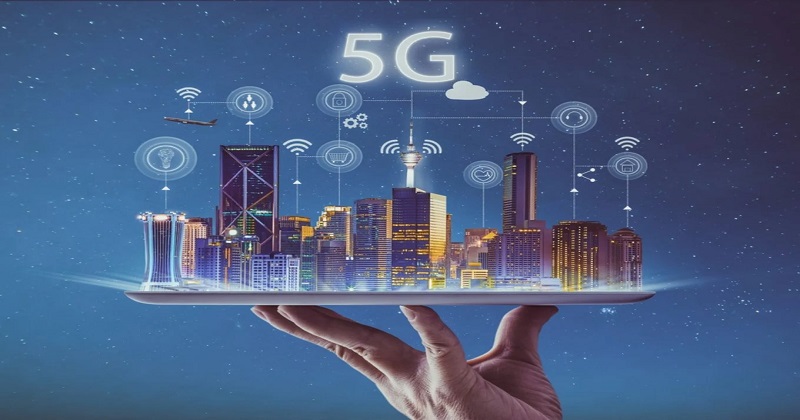
The 17th of May has been observed as World Telecommunication and Information Society Day (WTISD) since 1969. The telecommunications industry is responsible for tens of thousands of jobs, increased revenues, and global connectivity. Here is a history of India’s telecom revolution, which brought the country to the twenty-first century. Telecom has become a catalyst for the enrichment and empowerment of ordinary Indians with the advent of the mobile internet age. While the country waits for 5G, which the Department of Telecommunications (DoT) anticipates will be available in 2022, industry experts predict India will reach the next stage of economic growth.
THE EVOLUTION
In 1981, the Indian government sought to liberalize the country’s telecom sector. Previously, the industry was managed by state-run agencies under the Ministry of Posts and Telegraphs. The sector’s growth was sluggish, owing not just to an overworked government bureaucracy, but also to the general public’s conception of it as a luxury item rather than a need.
The project to install five million telephone lines per year was halted due to political opposition. Sam Pitroda, an advisor to Rajiv Gandhi, founded the Centre for Development of Telematics (C Dot) in 1984. C Dot aimed to develop communications technology that would meet the demands of the Indian telecom network. DoT was founded in 1985 to oversee telecom services throughout India. The number of telephones had already surpassed 2.15 million by the 1990s. DoT’s predecessor, Mahanagar Telephone Nigam Limited (MTNL), was in charge of metro telecom services.
Long-distance was still handled by VSNL, while the DoT remained focused on local telecom services. Private investments in Value Added Services (VAS) were permitted in 1992, and two years later, the NTP was implemented. Major regulatory changes included permitting numerous operators per circle and converting the license fee structure to a one-time price. A revised telecom policy was also established with novel aims and landmark targets such as ‘telephone on demand’ by 2002.
VSNL was privatized in 2008, and the DoT’s service arm became Bharat Sanchar Nigam Limited (BSNL). As a result, private players have been given unrestricted access to the telecom sector. The goal was to handle adjudicatory and dispute resolution tasks, as well as regulatory jurisdiction. A major feature of the updated strategy for the Indian telecom sector is to increase the availability of adequate spectrum and assure its transparent distribution through market-based approaches. The objective was to capitalize on the benefits of convergence, spectrum liberalization, and divorcing network licensing from service delivery.
2G, 3G, 4G, AND 5G
Mobile telephony in India began with the 2G cellular network and swiftly advanced to the 3G or third-generation cellular network. While 2G enabled digital phone calls and messaging, 3G offered internet data connectivity on wireless devices. 4G enabled higher data speeds and lower latency rates, allowing mobile phones to watch internet video.
As India prepares for 5G, it will bring not just mobile internet speeds but also applications in the internet of things (IoT) and machine-to-machine domains. Transition to 5G will result in a cost per gigabyte that is ten times cheaper than the present 4G. Mobile gaming, 4K video, AR/VR, and mobile gaming apps will benefit from 5G, Ericsson says. ‘5G has ultra-low latency, enhanced capacity, and dependability,’ says Nitin Bansal, MD, India & Head-Networks, Southeast Asia, Oceania, and India at Ericsson.

Post Your Comments